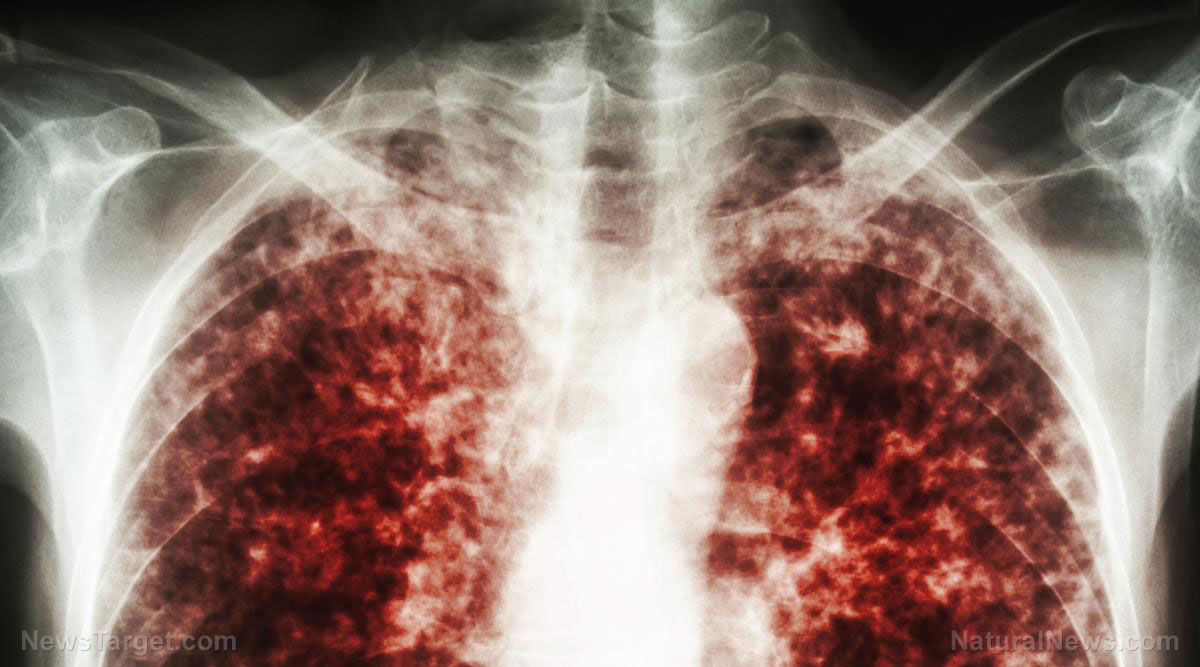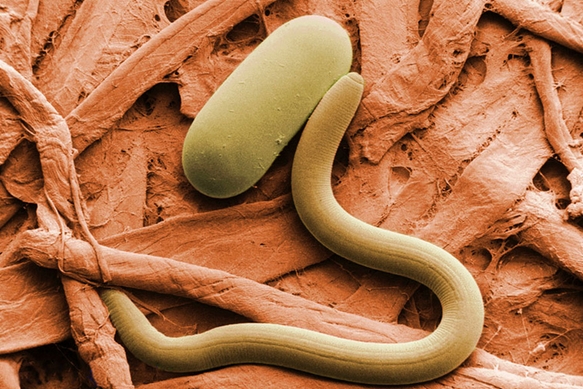
A report released by the European Environment Agency (EEA) in Copenhagen, Denmark, has revealed that ambient air pollution still accounted for more than half a million premature deaths across Europe despite little improvements in the continent's air quality. The recent report has shown that 520,400 premature deaths in 41 European countries have been caused by air pollutants stemming from fossil fuel use in 2014. The report adds that four out of five deaths are directly associated with fine particulate matter, which measures less than 2.5 microns (PM2.5) and may readily enter a person's respiratory tract and bloodstream.
According to the report, up to 82 percent of the continent's urban population are exposed to PM2.5 in 2015 alone. Fine particulates are also associated with more than three out of four premature deaths within the 28 European Union members in 2014. Nitrogen dioxide emission and ground-level ozone have also been named primary culprits in the onset of premature death in the region. Air pollution from nicotine use has also raised the risk of dying from lung cancer, the experts have stated. Heart disease and stroke appear to be the most common conditions that lead to premature deaths, the scientists add.
"As a society, we should not accept the cost of air pollution. With bold decisions and smart investments in cleaner transport, energy and agriculture, we can both tackle pollution and improve our quality of life. It is encouraging to see that many European governments and specifically cities are showing leadership in protecting people's health by improving air quality. Clean air belongs to everyone, including people living in cities," EEA Executive Director Hans Bruyninckx stated in a press release.

"The EEA report shows that poor air quality continues to have significant health impacts. The European Commission is committed to tackling this and help Member States make sure that the quality of their citizens' air is of the highest standard," adds Karmenu Vella. The expert currently serves as the EU Commissioner for environment, maritime affairs and fisheries.
Report names notorious air pollution hotspots
The report has identified Poland and northern Italy as the two worst hotspots for PM2.5 pollution. According to experts, dozens of cities in these countries far exceed the EU’s annual average limit of 25 micrograms of particles per cubic meter of air. Krakow, Poland's second largest city, appears to be the biggest offender at a PM2.5 value of 44 micrograms. Likewise, more than a dozen Polish cities have reached a particulate matter value of more than 30 micrograms. Cities in northern Italy -- such as Milan, Padua, and Cremona as well as Brescia, Venice, and Turin -- have shown similar levels, the experts added.
The report has also revealed that seven to eight percent of Europe’s total urban population are exposed to PM2.5 concentrations that exceed EU limits. However, experts have noted that comparing the figures against the World Health Organization’s stricter limit of only 10 micrograms of exposure significantly raises the number to 85 percent of the region's total urban population.
Still according to the report, up to 90 percent of areas in Britain have shown dangerously high levels of air pollution. However, the Department for Environment, Food and Rural Affairs (Defra) has pledged to continuously strive to improve the country's air quality. (Related: Is this why so many city dwellers have health issues? Air pollution found to radically increase stress hormones and alter metabolism.)
"We have put in place a three billion British Pounds plan to improve air quality and reduce harmful emissions. We will also end the sale of new diesel and petrol cars by 2040, and next year we will publish a comprehensive Clean Air Strategy which will set out further steps to tackle air pollution. We now have an opportunity to deliver a Green Brexit and improve environmental standards as we leave the EU," a (Defra) spokesperson discussed in a Daily Mail article.
Sources include:
Please contact us for more information.






















